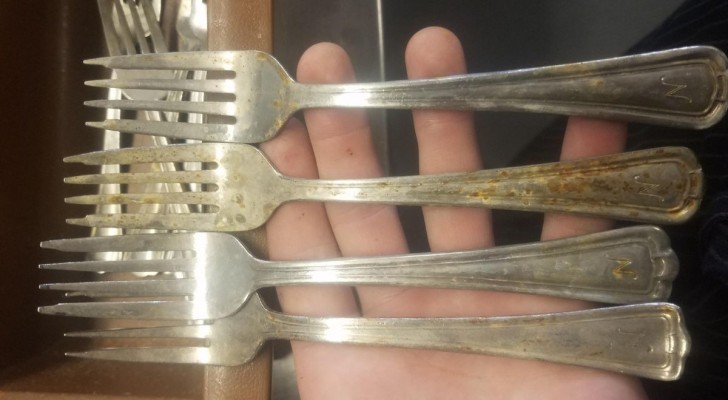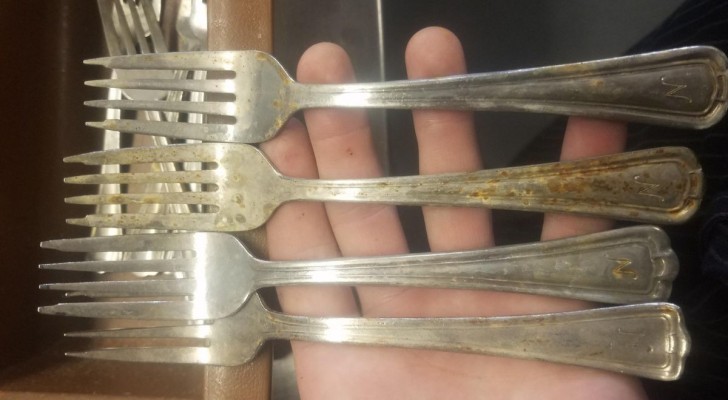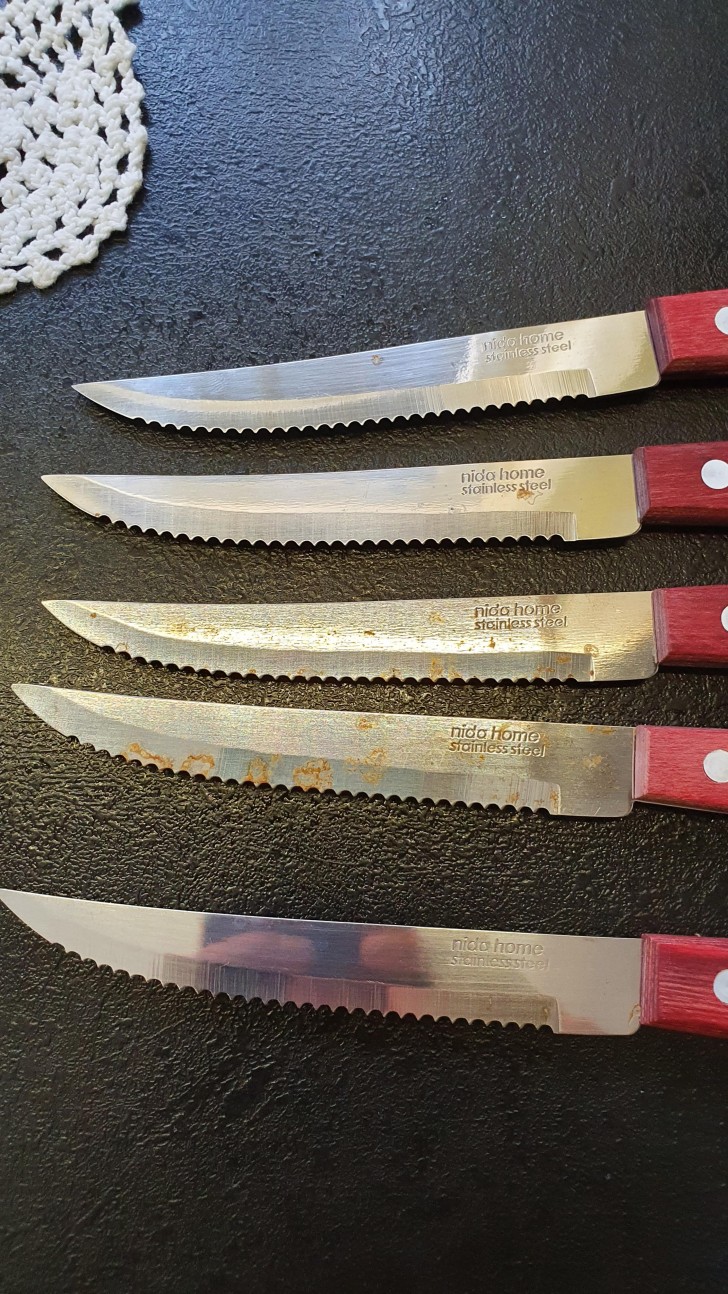Preparing the cutlery for the Christmas dining table: how to prevent and eliminate tarnish and rust

When hosting guests for lunch or dinner, the presentation of our table is undoubtedly an important consideration. During the festive season, this becomes even more significant as we decorate our tables for the festive season. It's crucial to avoid making common mistakes, such laying out tarnished or rusted cutlery, which can mar the beauty of our festive tables.
Several factors contribute to the formation of tarnish or rust on cutlery, with moisture being a main culprit. Exposure to humid air or contact with certain food components like salt or acids can also react with the metal, making it more susceptible to rust and tarnish.
Fortunately, there are some simple tips you can use to prevent this issue from arising (or fixing it if it's already happened). Following these tips will ensure that your cutlery remains impeccable. Read on to find out more:
How to stop cutlery from rusting and tarnishing

The leading cause of rust and tarnish forming on cutlery today is the use of the dishwasher, mainly due to prolonged exposure to moisture, high temperatures, and stroing detergents. But a few simple precautions can keep your cutlery in good shape:
- Rinse your cutlery directly after use to prevent food residue with salts or acids from staying on the surfaces.
- Confirm that your cutlery is dishwasher-safe; if not, handwash them.
- Avoid leaving cutlery in the dishwasher for an extended period of time before running a wash cycle.
- Separate cutlery by material type to prevent contact between different metals during washing - which could lead to rust and tarnish forming.
- Remove rust from cutlery before placing them in the dishwasher to prevent it spreading to other utensils.
- Use the correct detergent dosage; excessive use can encourage rusting and tarnishing.
- Whether washing by hand or in the dishwasher, dry your cutlery immediately after washing to prevent prolonged moisture contact.
- Regularly maintain your dishwasher for consistently efficient wash cycles.
Additionally, you can place a ball of aluminum foil in the dishwasher during a wash. This not only helps prevent limescale tarnish from forming, but can also remove rust.
Remove rust and tarnish from cutlery with natural remedies

And what if it's already too late and rust and tarnish has formed? In such a situation, you can turn to simple natural remedies before considering replacing your cutlery.
Fill a basin with white vinegar, rubbing alcohol, lemon juice, or a citric acid solution (200 g in 1 liter of distilled water) and soak your cutlery for at least 5 minutes. Repeat this process if the tarnish or rust remains. Afterwards, remove the rust or tarnish using a non-abrasive sponge or a soft cloth, rinsing off with warm water and mild soap. Dry immediately with a microfiber cloth once you are done.
Once you've completed this process, your cutlery should be tarnish and rust-free.
With your sparkling cutlery, the festivities can begin!